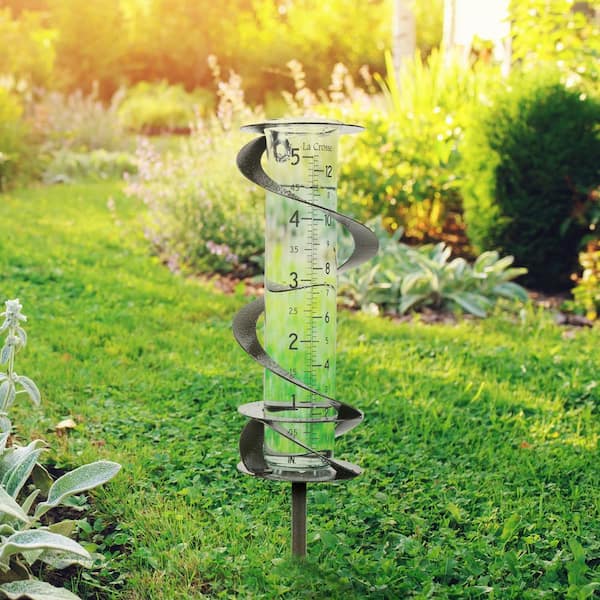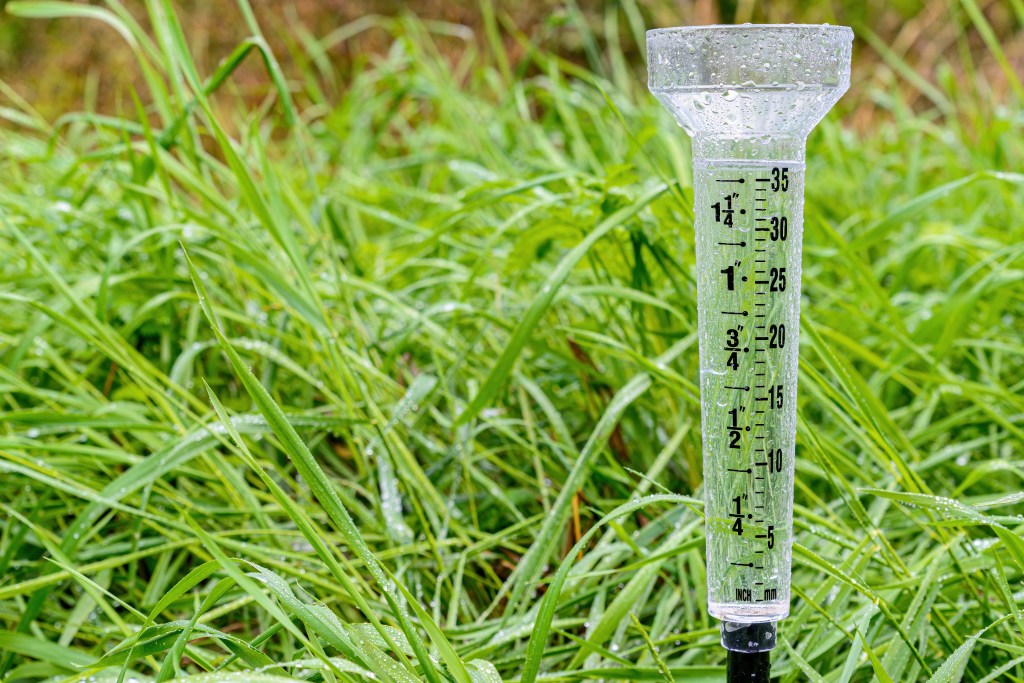Leading Features to Look for in a High-Quality Rain Gauge for Your Garden
Leading Features to Look for in a High-Quality Rain Gauge for Your Garden
Blog Article
Introducing the Scientific Research Behind Rain Determines: How These Tools Play an Essential Duty in Climate Research and Ecological Monitoring
Rain determines, seemingly basic tools, hold a profound significance in the realm of environment study and environmental surveillance. These unassuming instruments silently collect one of nature's most essential aspects-- rains. Behind their unpretentious exterior exists an intricate scientific research that is crucial for understanding the characteristics of our environment. As we peel back the layers of this clinical veil surrounding rainfall gauges, we reveal a world where precision, data accuracy, and meticulous observation converge to introduce a much deeper understanding of our transforming environment and its effect on the earth.
Relevance of Rainfall Scales
Rainfall assesses play a crucial duty in surveillance and gauging rainfall levels, providing important data for climate research and evaluation. These gadgets are essential in quantifying the quantity of rains that happens in a particular area over a certain period. By determining and collecting rainwater, rainfall evaluates deal useful understandings right into the distribution and strength of precipitation, assisting meteorologists, hydrologists, and climatologists in comprehending weather condition patterns and patterns.
Among the vital reasons that rainfall evaluates are crucial is their capability to offer exact and localized data. Unlike satellite or radar-based dimensions, which provide more comprehensive monitorings, rain assesses deal accurate details particular to the area where they are placed. This localized information is vital for different applications, consisting of flood projecting, dry spell tracking, and water source management. Furthermore, long-term data accumulated from rainfall determines assists in analyzing climate modification influences and patterns, contributing substantially to clinical research and decision-making processes. Fundamentally, rain evaluates work as important tools in the area of weather forecasting and environmental science, playing a critical function ahead of time our understanding of weather and climate characteristics.
Sorts Of Rain Scales

Functionality and Operation
In the realm of environment study and meteorological studies, the effectiveness of rainfall assesses lies in their intricate capability and specific functional mechanisms. Rainfall evaluates are developed to accurately determine the quantity of precipitation that falls over a specific area throughout a set duration.
The capability of rain assesses is based upon the principle of determining and collecting rainwater in a standardized fashion. This gathered information is vital for understanding regional weather patterns, tracking lasting climate patterns, and evaluating ecological impacts. To make certain exact measurements, rain evaluates demand to be tactically placed in open locations away from obstructions such as buildings or trees that can hinder the collection process.
The functional element of rainfall gauges includes routine maintenance to prevent particles accumulation, calibration checks to maintain measurement precision, and data recording for analysis (rain gauge). On Extra resources the whole, the performance and operation of rainfall gauges are essential for gathering dependable rainfall information crucial to environment study and ecological monitoring
Function in Climate Research Study
Offered the critical value of accurate precipitation measurements in recognizing weather patterns and ecological influences, the duty of rainfall evaluates in environment study is vital. Rainfall evaluates offer vital data for environment research study by evaluating the quantity of rainfall that tips over a particular location during a provided period. This information is important for checking lasting fads in rainfall patterns, assessing the impact of environment adjustment on rainfall distribution, and improving environment designs.

Climate scientists utilize data gathered from rain gauges to examine variants in rainfall degrees, recognize local environment fads, and examine the effectiveness of water resource administration strategies. By comparing historical rainfall data with existing dimensions, scientists can identify shifts in rainfall patterns, such as modifications in the frequency or strength of rains events. This info is important for understanding just how climate modification is influencing precipitation characteristics and can assist policymakers make educated choices pertaining to adjustment and reduction methods.
Applications in Ecological Tracking

In flooding forecasting, rainfall gauge data assists to track rains strength you can find out more and distribution, allowing authorities to release timely warnings and take required procedures to minimize flooding threats (rain gauge). Dry spell tracking relies on rainfall scale data to evaluate wetness degrees in the soil and track precipitation you can try this out shortages, assisting in the recognition of drought-prone locations and the execution of dry spell action methods
In addition, rainfall gauge information plays an essential role in water source administration by offering information on water accessibility and use fads. This data is used to make educated choices regarding water allocation, preservation procedures, and lasting water source preparation. Additionally, in farming, rainfall gauge data helps farmers in enhancing watering schedules, crop choice, and overall farm monitoring techniques based on neighborhood rainfall patterns. Overall, rainfall determines are indispensable tools in ecological surveillance, using beneficial insights that contribute to educated decision-making and lasting source administration.
Verdict
In final thought, rain assesses are crucial devices for gauging rainfall, giving beneficial information for environment study and ecological surveillance. With different kinds and performances, rain evaluates play a critical duty in recognizing rainfall patterns and their influence on the environment. By precisely determining rains, these gadgets add to the development of scientific expertise and help in making notified choices pertaining to water resource management and calamity readiness.
Rain evaluates play an indispensable function in tracking and gauging rainfall levels, providing necessary information for environment study and analysis. The conventional rain scale, understood as the "tipping bucket" scale, is one of the most frequently used tools. Ultrasonic rain gauges usage noise waves to detect the visibility of rain, giving real-time information on precipitation degrees.Climate scientists utilize information gathered from rain determines to evaluate variations in rainfall degrees, identify local climate trends, and review the efficiency of water resource administration strategies.In conclusion, rainfall gauges are essential tools for gauging precipitation, giving valuable information for climate research study and ecological tracking.
Report this page